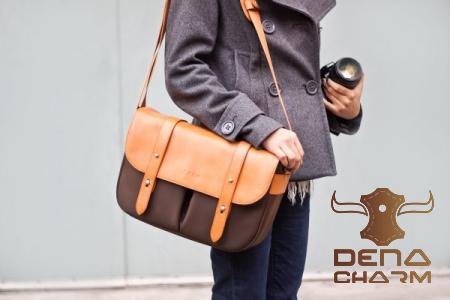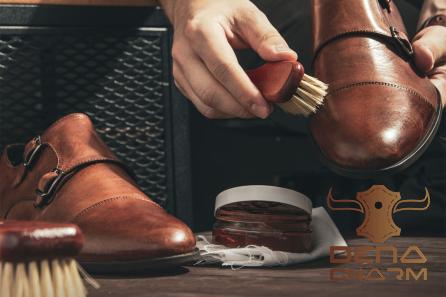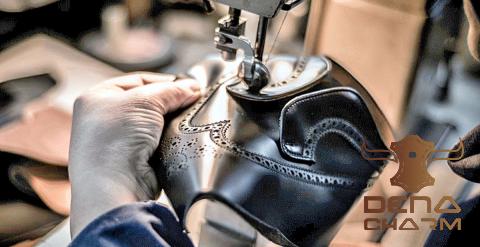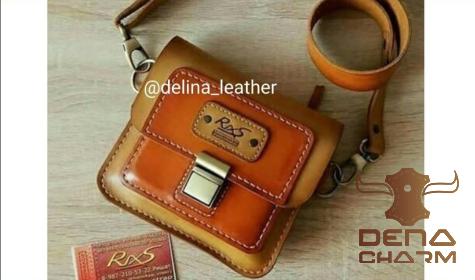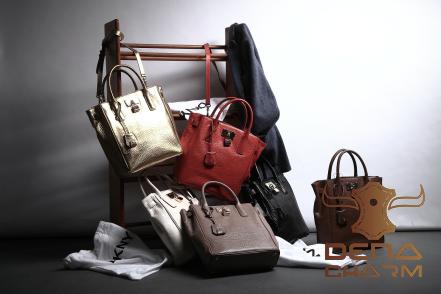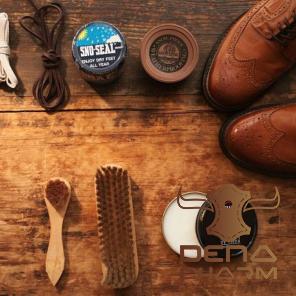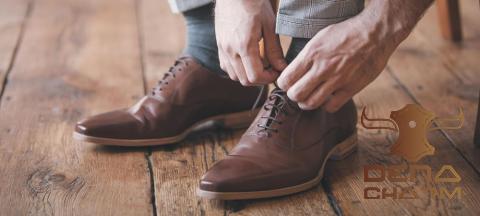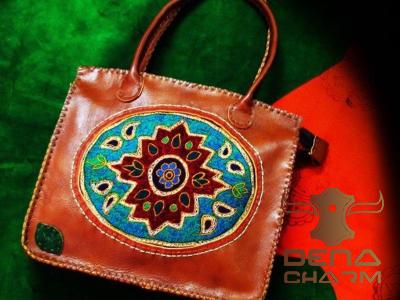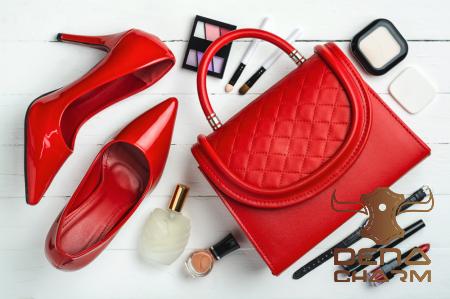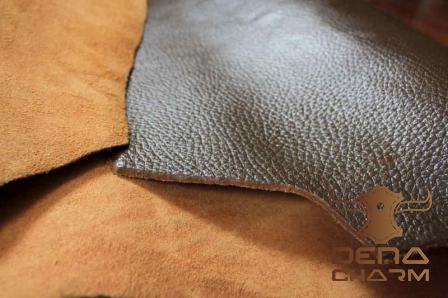When it comes to selecting leather materials for your business, it’s important to understand the key differences between suede leather and genuine leather. While both options offer their own unique qualities and characteristics, making an informed decision is crucial. In this article, we will discuss the differences between suede leather and genuine leather, explore the considerations when buying each type, and shed some light on the price variances between the two. Discussing Suede Leather vs Genuine Leather Suede leather is a type of leather that is created from the inner layer of animal hides. It is often made from lamb, goat, or calf skins, and is known for its soft, textured surface. Suede leather has a napped finish, which means that it has been brushed or abraded to create a fuzzy texture. This type of leather is highly desired for its luxurious feel and velvety appearance. On the other hand, genuine leather refers to any leather product that is made from animal hide. It is generally stronger and more durable than suede leather due to its thicker and more substantial composition. Genuine leather often undergoes a process called “full-grain,” where the animal hide is left in its natural state, retaining its original markings and imperfections. This process results in a rich and distinctive appearance that is highly valued by many. Buying Suede Leather vs Genuine Leather When it comes to buying suede leather, there are a few factors to consider. First, it’s important to note that suede leather is typically not as durable as genuine leather. It is more prone to scratches, stains, and water damage. Therefore, if you’re looking for a material that needs to withstand heavy use or harsh conditions, genuine leather may be the better option. However, if you’re searching for a luxurious and aesthetically pleasing material that will be used in a more controlled environment, suede leather can be an excellent choice. Additionally, suede leather requires special care and maintenance to keep it in pristine condition. Regular brushing, use of protective sprays, and avoiding exposure to excessive moisture are all necessary practices to prolong the lifespan of suede leather products. It’s important to take these extra steps into account when considering suede leather for your business needs. When purchasing genuine leather, it’s crucial to examine the quality and craftsmanship of the product. Genuine leather can come in various forms, such as full-grain, top-grain, and corrected-grain. Full-grain leather, as mentioned earlier, retains the natural imperfections of the hide, offering a more authentic and unique appearance. Top-grain leather is created by removing the outer layer of the hide, resulting in a more uniform and smooth surface. Corrected-grain leather, on the other hand, is heavily treated and altered to correct any imperfections, resulting in a more consistent and even texture. Price of Suede Leather vs Genuine Leather When it comes to pricing, suede leather is generally more affordable compared to genuine leather. This is partly because suede leather is made using the inner layer of animal hide, which is typically thinner and less desirable than the outer layer used for genuine leather. Additionally, the manufacturing process for suede leather involves brushing and abrading, which may be less costly than the processes involved in creating genuine leather. However, it’s important to note that the price of both suede leather and genuine leather can vary based on factors such as quality, brand reputation, and market demand. Higher quality suede leather or genuine leather products may come at a premium price, while lower quality options may be more budget-friendly. It’s advisable to establish a budget and carefully assess your needs before making a purchasing decision. In conclusion, the choice between suede leather and genuine leather ultimately depends on your business’s specific requirements and preferences. While suede leather offers a luxurious and soft texture, it requires delicate care and may not withstand heavy use. Genuine leather, on the other hand, provides durability and distinctive character, but comes at a higher price point. By thoroughly evaluating the considerations discussed in this article – such as durability, maintenance, and pricing – you can make an informed decision that best aligns with your business’s needs and objectives.
